Marjoram
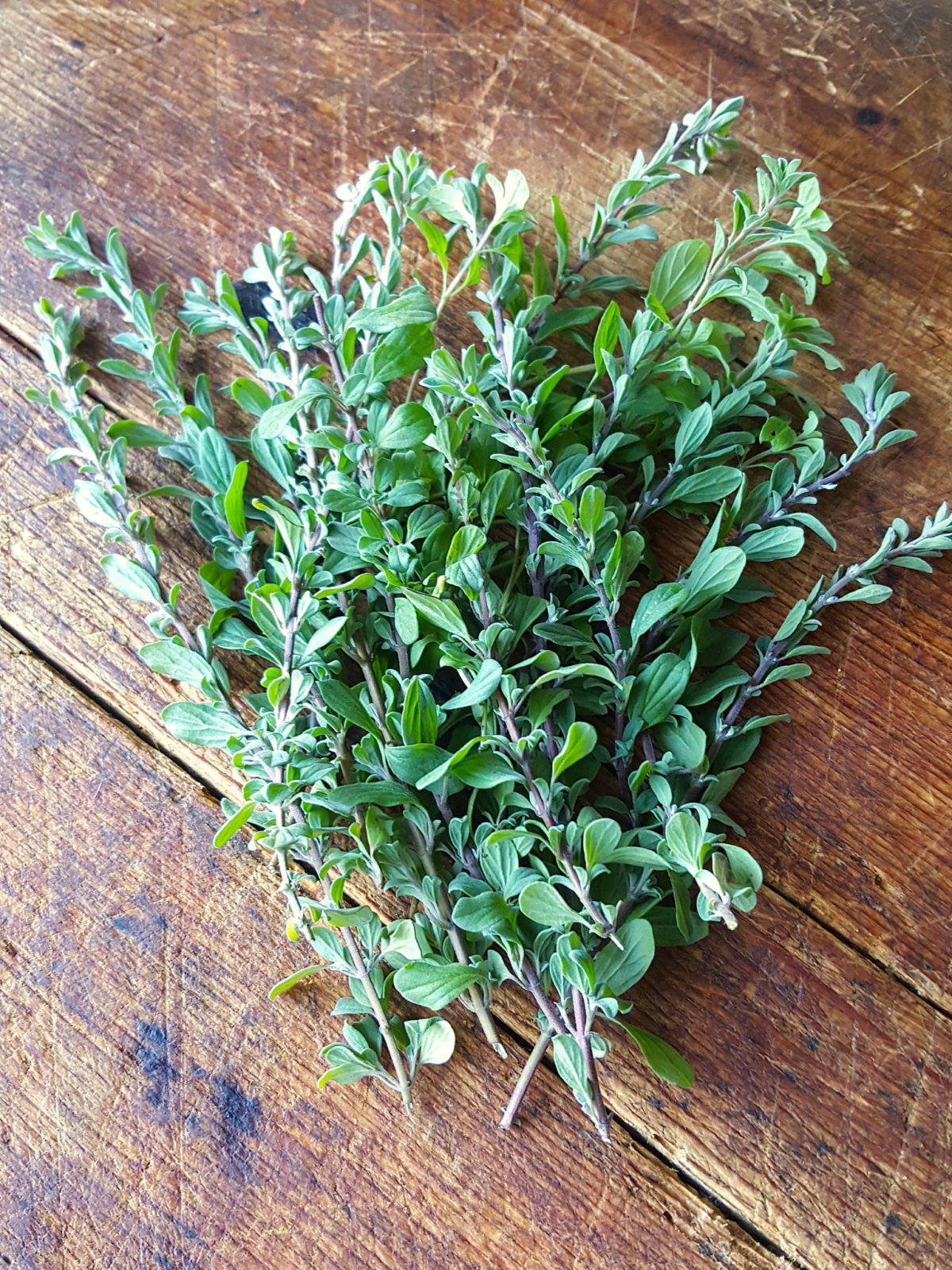
Marjoram has much to offer with musky, spicy notes and a sweet herbal taste.

Marjoram has much to offer with musky, spicy notes and a sweet herbal taste.
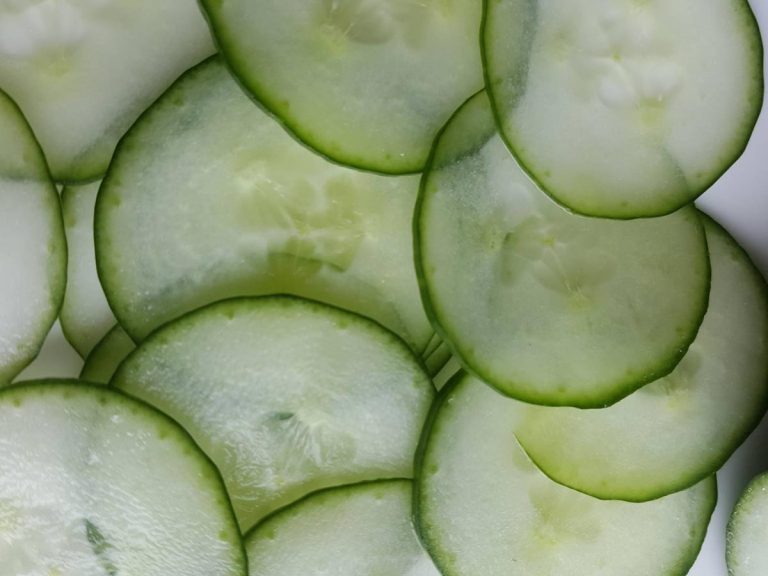
How to make cucumber behave
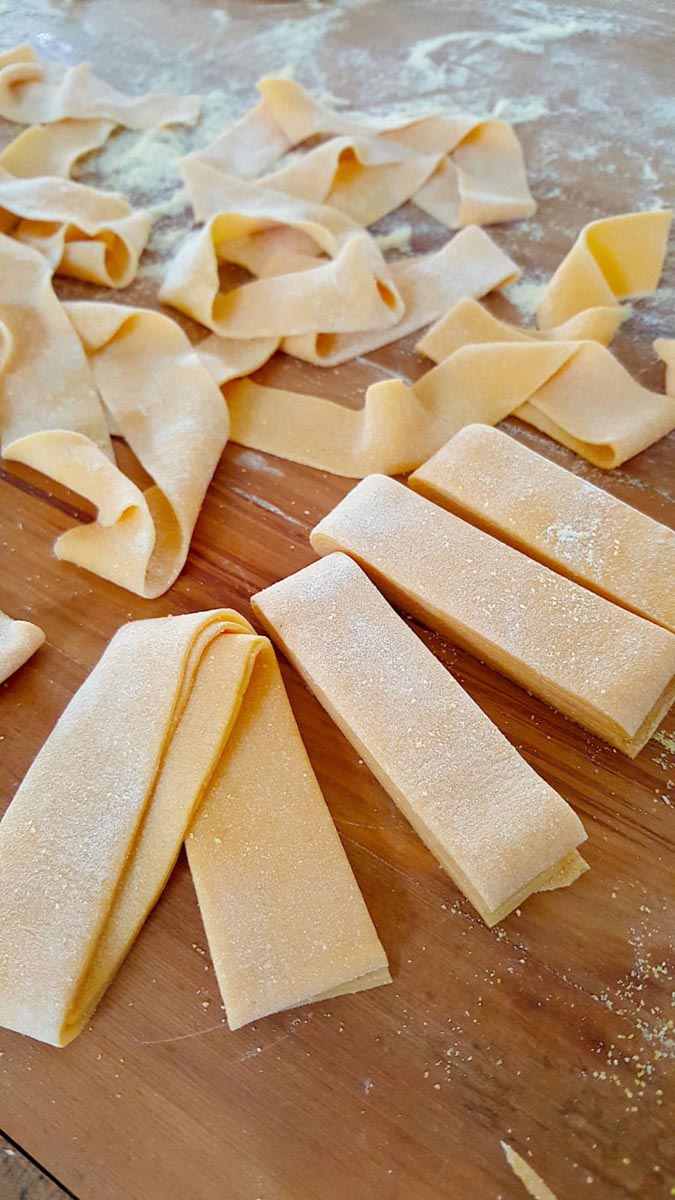
Don’t despair if your first attempts produce holey shredded dough (mine did!) because with a little practice you’ll soon be turning out silky smooth sheets of pasta like a pro.
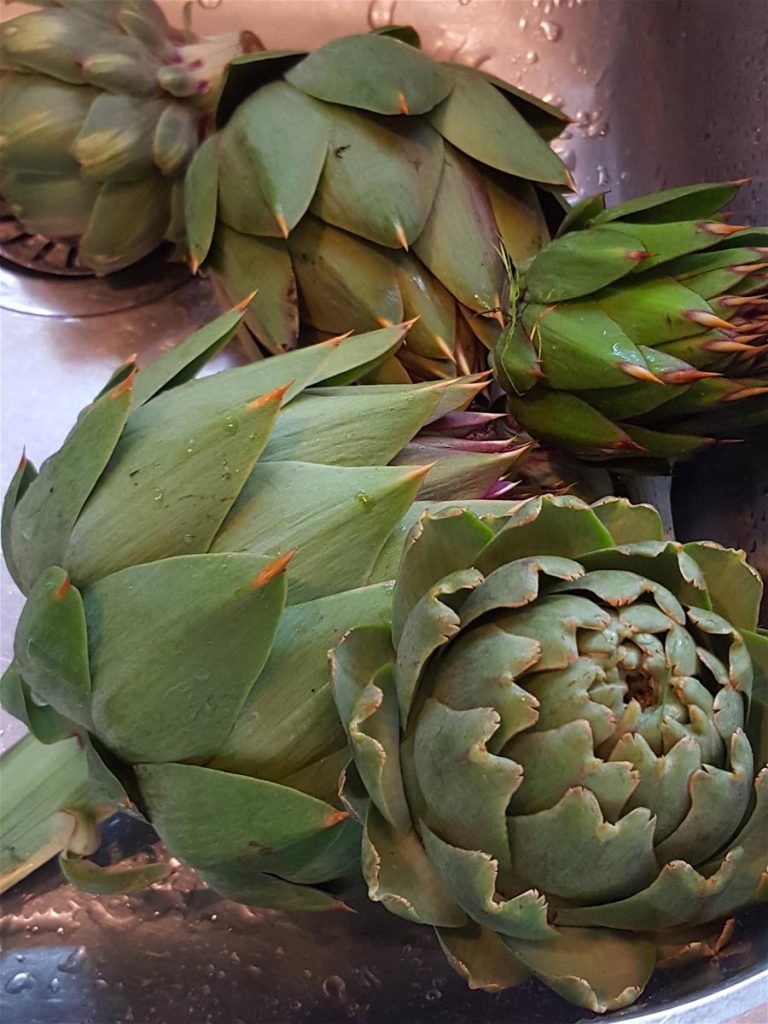
Deal to them – no mercy – lop the tops off the buggers along with any other spiky unloveable parts.
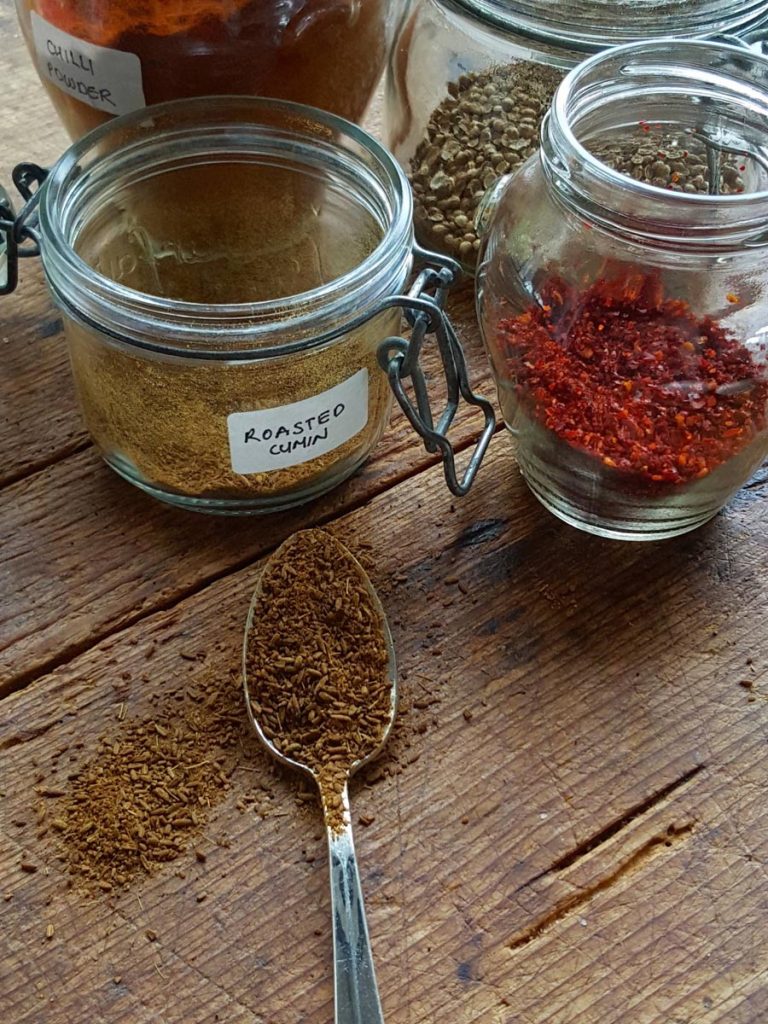
The work-horse of spices – earthy, warming, smelling of toasted nuts and roasted coffee beans. I have it on great authority that it is pronounced ‘come in’ (not q-min), though I usually forget that!

To wash or not to wash. That is the question. What’s best? Find out!
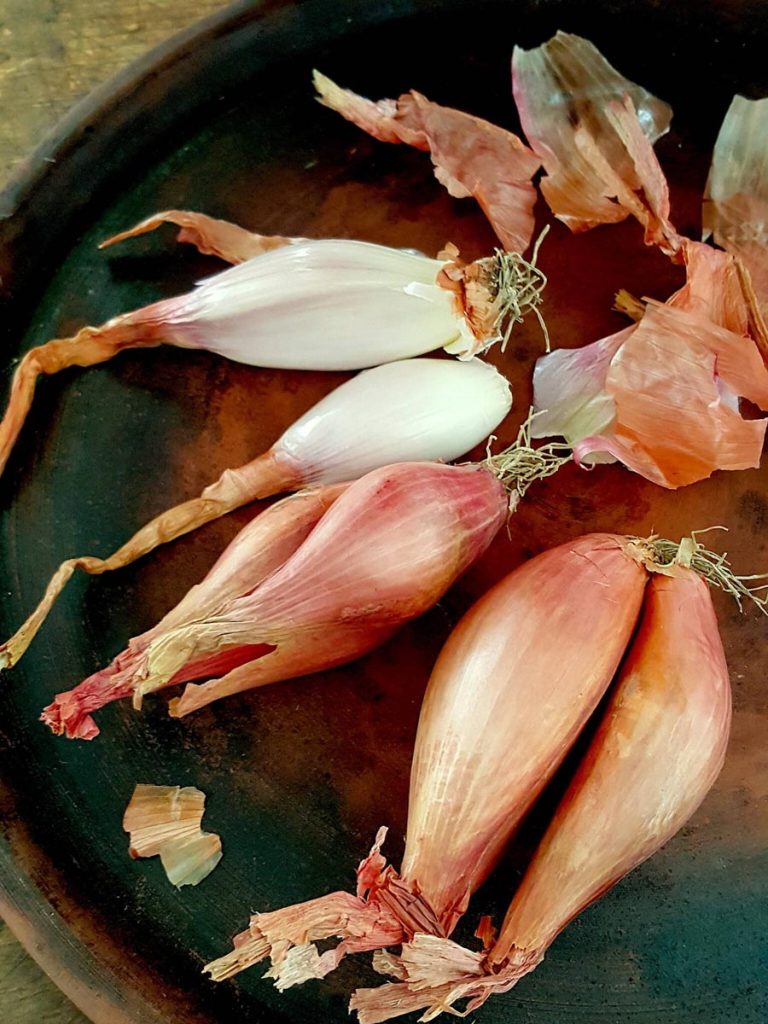
There’s nothing more annoying than a recipe that calls for 1 shallot (or 2, 3, 4…).
How much is that?
No products in the basket.
Welcome to the new Shared Kitchen experience! If you encounter any issues, please let us know. Dismiss